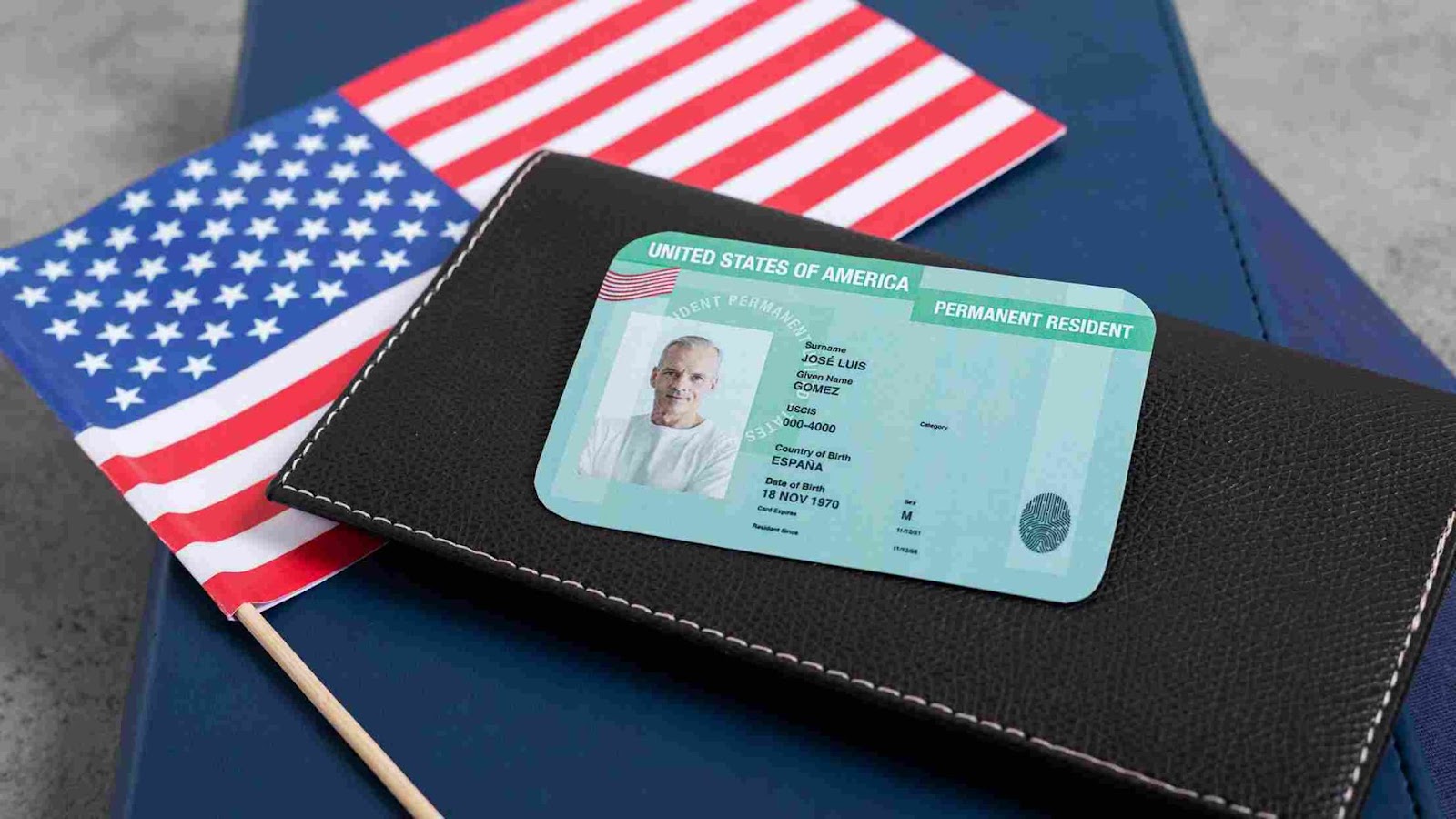Confused if the L1 visa is immigrant or nonimmigrant? Here’s what you need to know about L1 visa status, classification, USCIS process, conditions, extensions, and green card options. Learn how Beyond Border helps professionals plan their journey with confidence.

If you’ve ever found yourself asking, “Is the L1 visa immigrant or nonimmigrant?” you’re in good company. Most people relocating through their employer ask this right away. We know because clients ask the exact same thing in our first conversation. They want clarity, not legal jargon.
The quick answer? The L1 is officially a nonimmigrant visa category. But here’s where it gets interesting, it’s not like the usual temporary visas. You can live and work in the U.S., and at the same time, it leaves the door open for you to apply for permanent residency later.
That’s why so many executives and specialists see it as more than just a transfer visa. It’s a launchpad. And once you understand how L1 visa status works with USCIS, you’ll see why it’s one of the most flexible routes out there.
Let’s start with the basics. The L1 visa classification status has two tracks: L1A and L1B.
Here’s an example. Say Maya is a VP running teams in India. Her company wants her to set up U.S. operations, she’d be L1A. Now imagine Arun, who built a custom IT platform no one else understands. His expertise makes him L1B.
Why does this matter? Because how long the L1 visa is valid depends on which category you fall under. And that plays a big role in your long-term planning.
This is the million-dollar question: is the L1 visa immigrant or nonimmigrant? USCIS stamps it as nonimmigrant. That means it’s temporary. You don’t enter the U.S. with the promise of permanent residence.
But here’s the twist, you don’t have to prove that you’ll go back home once your assignment ends. You can openly say, “Yes, I might apply for a green card later,” and it doesn’t hurt your case. That’s not the case with many other visas.
So while the L1 is officially nonimmigrant, in practice it acts like a bridge. You come in for work now, but you’re free to explore permanent residency when the time feels right. That’s why so many professionals choose it.
Here’s where the L1 stands apart. It’s one of the few visas recognized as a L1 dual intent visa.
Think of it like this: you can move to the U.S. for a temporary role, settle in, and at the same time apply for a green card without contradicting yourself. With most visas, you’d be caught between two stories, temporary or permanent. With the L1, both are allowed.
Let’s say Sarah is transferred to Chicago as a manager. After three years, her employer filed an EB-1C green card petition for her. She keeps her L1 visa status throughout and transitions smoothly. No conflict, no “gotcha” moments from immigration officers.
This flexibility is why lawyers, companies, and employees all highlight the L1’s dual intent as its biggest selling point.

If your goal is permanent residency, the L1 visa green card journey usually goes down one of two paths. The most popular is the EB-1C green card route, designed specifically for multinational executives and managers who have held L1A status. It’s fast, doesn’t require PERM labor certification, and has high approval rates for strong corporate profiles. The second option, EB-2 NIW (National Interest Waiver) , suits L1B specialized knowledge employees who have made significant contributions to their industry. This route skips employer sponsorship but demands evidence that your continued work is in the U.S. national interest. Knowing which pathway fits your category isn’t just smart, it can shave years off your timeline. That’s where working with Beyond Border makes a difference: they evaluate your profile early so you aren’t scrambling when your final L1 extension is about to expire.
The next thing people always ask is, “Okay, but how long can I stay?”
Here’s the breakdown:
So yes, it’s temporary. But with extensions and the green card route, many people end up staying much longer than they first expected. That’s why people sometimes think of it as both temporary and permanent, it depends on how you use it.
A lot of professionals assume they can freely move to another U.S. company once they’ve landed an L1 visa status, but that’s a myth. Switching employers is NOT allowed under L1, the visa is tied specifically to the company that transferred you. If you want to take a new opportunity, you must secure a change of status through another visa (like H-1B, O-1, or even EB-1A with premium processing). Some people plan this strategically: work on L1 to gain U.S. experience, build achievements, then jump to an O-1 or straight into a green card. The key is to plan before making career moves. Failing to do so can lead to loss of L1 visa classification, work authorization, or even worse, falling out of status.

People lose status because they casually shifted jobs within the same company without telling immigration. It feels small, but it can trigger problems. Pro tip: check with HR or an immigration lawyer before making any role changes.
When it comes to the L1, USCIS is the big player. The L1 visa USCIS process involves filing Form I-129, plus evidence showing your company’s structure, your role, and your qualifications. Once approved, you either attend a visa interview abroad or adjust status if you’re already in the U.S.
Here’s the part people forget, extensions. USCIS can take months to process them. If you wait until the last minute, you risk falling out of status. Always file well before the expiration date.
That’s one area where Beyond Border really helps. We keep track of deadlines, prepare filings, and make sure clients don’t scramble at the last second. A little organization goes a long way with USCIS.
Wondering why companies often choose L1 vs H-1B? There’s no annual H-1B lottery, no numerical cap, and approvals can happen any time of the year. L1A also has a built-in green card route via EB-1C, while H-1B visa holders must go through longer PERM processes. Finally, L2 spouses can get open work authorization through an EAD, whereas H-4 spouses can only work after their primary applicant hits specific green card milestones. In short: if your company is multinational and you qualify, the L1 often gives faster work access, more flexibility for your spouse, and a smoother future immigration path, which is why it remains the preferred tool for intra-company transfers.
So, what’s the final word? The L1 visa immigrant or nonimmigrant debate has a simple answer. It’s nonimmigrant. But with its dual intent feature, it’s more flexible than almost any other work visa.
If you’re L1A, you could be looking at a seven-year stay and a strong shot at a green card. If you’re L1B, you have five years and still the option to transition. The important thing is to understand your category, follow L1 visa conditions, and stay ahead of USCIS requirements.
At Beyond Border, we’ve seen people transform an L1 assignment into a permanent life in the U.S. It starts as a temporary transfer, but with smart planning, it can become the foundation for something much bigger.
If you’re unsure where your journey fits in, reach out. With the right help, the L1 isn’t just a visa. It’s your bridge to opportunity.